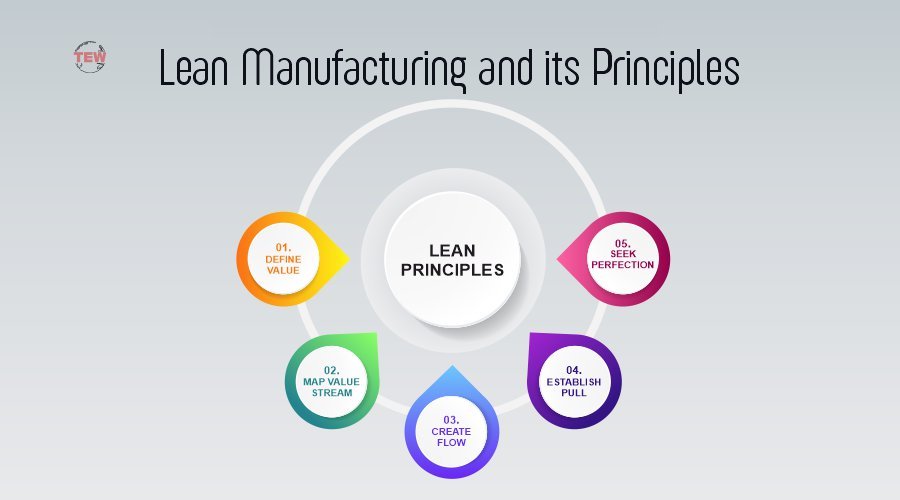The principles and methodologies for the process of manufacturing have always been a hot topic as it not only enhances the process of manufacturing but also increases the production, efficiency, reducing the cost of inputs in the process of production and most importantly increasing the profits, leading to the overall development and growth of a company, business, industries, etc.
What is lean manufacturing?
Lean manufacturing is one such methodology that helps seeks the manufacturers the above-stated goals but also gives other possibilities which are very useful in the process of manufacturing, such as reducing waste, enhancing the product quality, etc. Lean manufacturing, also known as lean thinking was formed in Japan by Eiji Toyoda to improve the sales and profits and in turn enhancing the manufacturing process of Toyota. Inspired by his visit to Ford, he collaborated with Taiichi Ōno, they created a series of lean manufacturing tools, which are collectively called the Toyota Production System.
Lean manufacturing has five principles to attain the goals of an unmatched production unit with optimum to high-efficiency figures in all areas.
Efficiency is the key to success
1. Identify Value
The first principle of Lean manufacturing is to Identify Value. This means that the manufacturer should seek the value of the product to serve and provide the customers what they want. For this, the product design should be such that meets the expectations and needs of the customers which will also save the resources on unwanted or undesired features. The second thing to identifying value is to remove any unnecessary feature that does not meet the customer’s basic requirements and whose omission will not have a major impact on the customer’s preference and reason for buying the product. Design for Six Sigma (DFSS) is one method to achieve the same.
2. Map the Value Steam
The second principle of Lean manufacturing is to Map the Value Steam, i.e., the complete life cycle of a product, right from design to customer’s use and finally its disposal. As the value steam is mapped, the manufacturers can easily understand the processes that do not add value and are unnecessary, etc. thus, making the production process more streamlined and efficient.
3. Create Flow
The third principle is to Create Flow, i.e., to improve and maintain efficiency, every process right from scratch to the shipping should be without any interruption and for this every factor, from people to equipment should be taken into account as this will not only regulate the system but will also help in creating different manufacturing strategies, finding slow processes which can be enhanced, better material handling, inventory size, etc.
4. Establish Pull
The fourth principle is to Establish Pull. As traditional production systems use the push system, which creates large inventories and works in progress, as it creates the products first and then supplies. The pull system works oppositely, pulls a customer’s order from the shipping department, and then produces the product, saving time, resources, eliminate errors, reduce inventories, increase output, etc. This can be achieved by using tools like Kanban, etc.
5. Seek Perfection
The fifth principle is to Seek Perfection. It sounds easy but is most difficult, one way to achieve this is Kaizen, a philosophy which states minor, incremental changes from every worker, corner, right from business to production floor, will eventually help achieve increased efficiency, lower costs, increased productivity, etc.
Simple is slow, and slow is efficient
The principles of Lean Manufacturing do not require huge changes in the structure and functioning of manufacture but it invokes a change in the thinking and management of the process which is much better than adopting expensive and other approaches which require huge changes and consume valuable time.
Lean Manufacturing can be easily implemented and that is the reason behind Toyota’s success and is now being adopted by many manufacturers due to its prominent results and functionality. Whether Lean manufacturing is not the best method, it is unique in its way and the process for different companies is different, in the end, it comes down to the choice and requirements of manufacturers to choose. It’s about selection between going lean or going home.
“Do not compromise on the quality and your customers will not negotiate on the price.”
Warren Buffett





